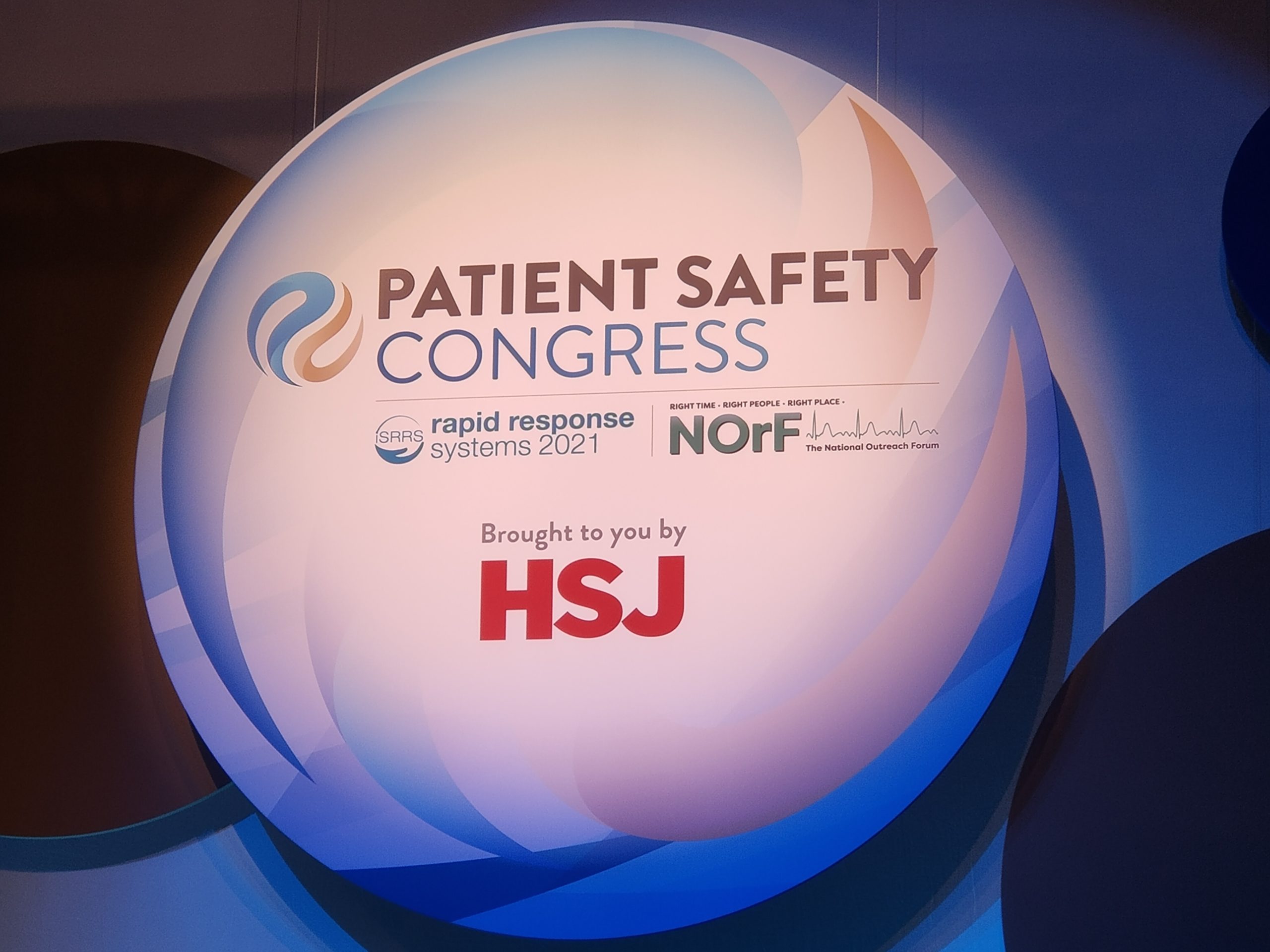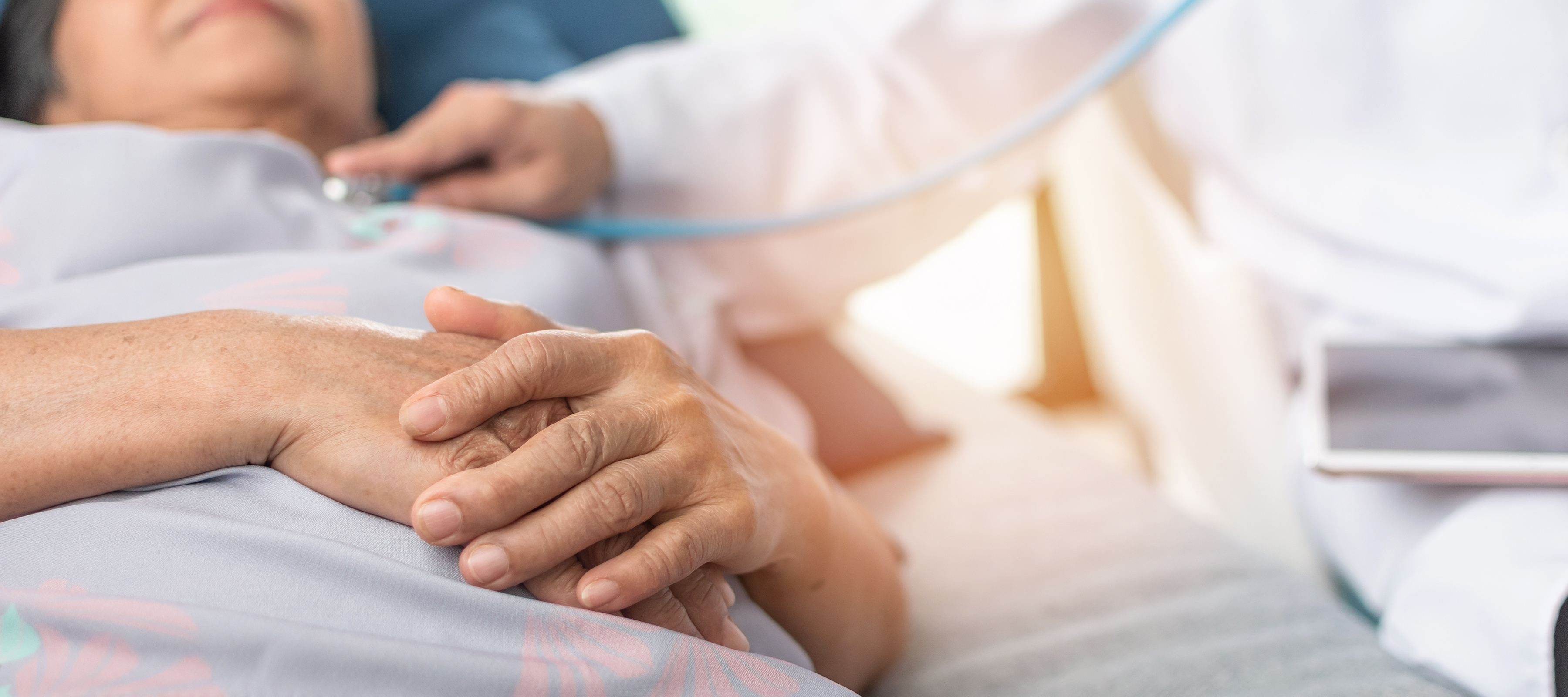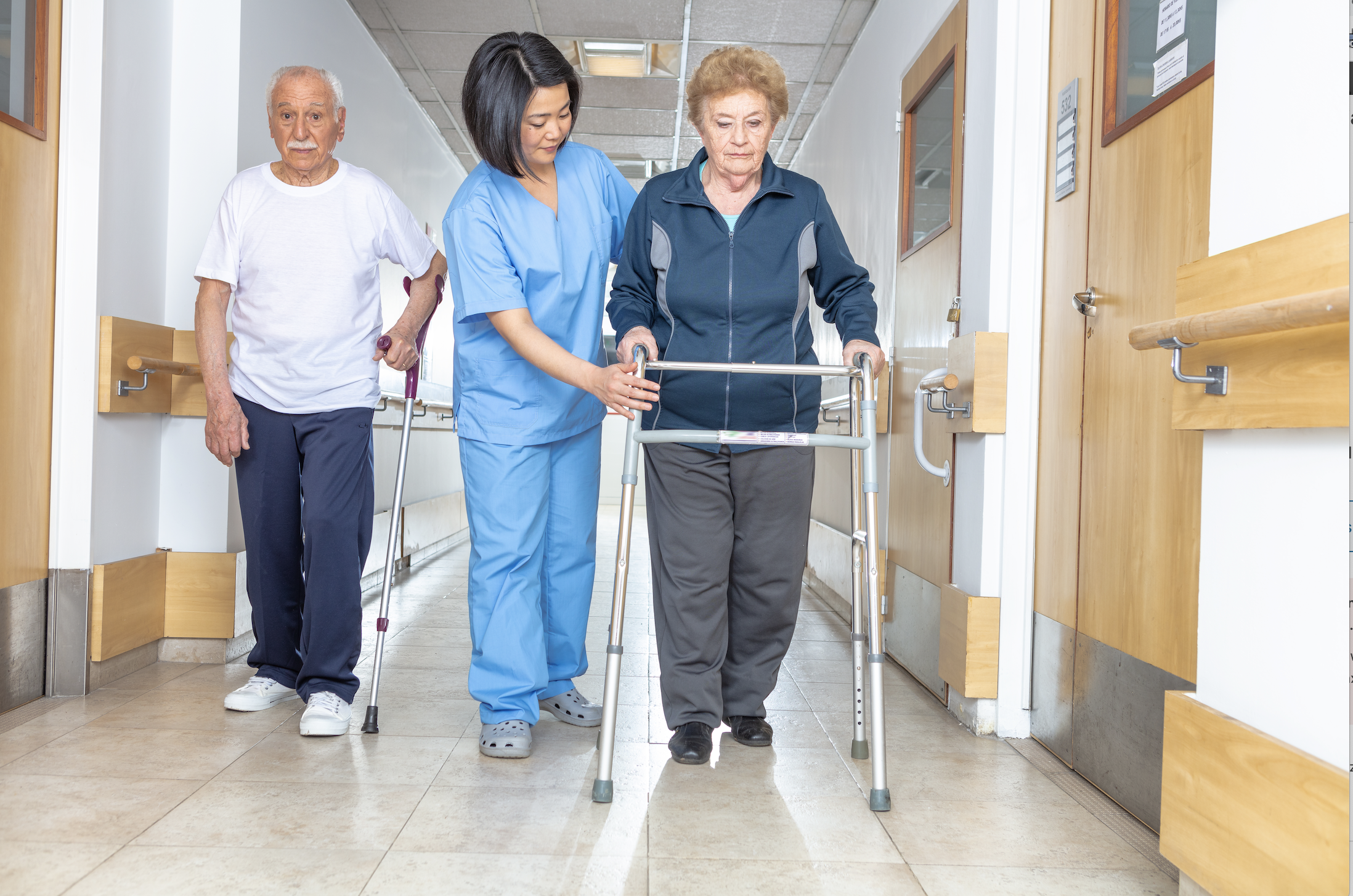Ayobola Chike-Michael, Patient Safety Project Manager at the Health Innovation Network (HIN) shares her thoughts on how safe health care workers means safe patients.
Focusing on Healthcare workers
Patient safety is a global health priority that aims to prevent errors and adverse effects to patients associated with health care (WHO, 2020). Exponential medical development has contributed to healthcare becoming more effective and efficient. However, these new technologies, medicines and treatments, also present ‘wicked problems’ that demand unprecedented and multifaceted solutions. The 17 of September every year has been coined as World Patient Safety Day, set to promote patient safety by increasing public awareness and engagement, enhancing global understanding, and working towards solidarity and action.
The theme for this year is ‘Safe health workers, Safe Patients’ placing the spotlight on health care workers. The biggest threat to the world in recent times, particularly this year is Covid-19, a pandemic that turned health care workers worldwide into soldiers fighting at the war front. Covid-19 has so far posed the greatest pressure on health care workers and they have had to face the challenges daily. Most of these issues have always been there, but the pandemic magnified them and demanded more from every health care worker.
Speaking to a friend who has been a nurse for 25 years recently, she recounted how one day at the height of the pandemic, she was kitted up for protection before entering the ‘Covid-19 zone’ at work. She admitted how unprepared she was despite her years of experience. She had taken one look at the room filled with sick Covid-19 patients on one side and on another noted body bags ready to be filled. In her words, she said, ‘it was really a war, there was no time to make sense of everything going on’. After a couple of hours of caring for sick patients and managing expectations of relatives, she described how she steamed up under the protective personal equipment, dripping uncontrollably with sweat and finally bursting into tears.
Recent research showed that many have also suffered psychological and emotional distress, infections, burnout, uncertainty, moral injury, violence, stigma, depression and even death (WHO 2020 and Only Human report 2020). The pandemic has brought new challenges and new ways of working and we cannot talk about patient safety in 2020 and beyond, without talking about staff safety first.
Nobody should have their safety impacted at work and we certainly cannot look away from the risks presented to health care workers whose place of work this year, has been more like the war front. These workers not only have to provide care through it all, but they also must bear the outcome of their lived experience. They must be looked after well, during and after. A Yoruba proverb says, ‘if you find yourself and your child engulfed in fire, you must dust yourself first before you are able to dust your child’. That is, ‘the instinct in an accident is to protect oneself before the thought of anyone else, even your child.
The link between patient safety and worker safety
It’s no surprise, therefore, that there is a firm link between patient safety and health worker safety. The safety of both patients and staff are inextricably linked, like two sides of the same coin. They are co-dependent. Staff safety is a prerequisite to patients’ safety. Only a safe health care worker can ensure a safe patient.
Stress is the first culprit that creates burnout among health care workers and has a significant impact on the quality of care given to patients and their overall safety. The top reasons for stress are high workload, long hours, strained interpersonal relationships and lack of teamwork. These and many more cause health care workers to be more prone to errors and experience a decline in their own health. (WHO/IOSH, 2020).
Let us share some other painful facts:
- Health workers have the highest risk of Covid-19 infections, in fact, 10 per cent of all cases globally are among health workers
- Between 44 per cent and 83 per cent of nurses in clinical settings in Africa have chronic low back pain
- Between 17 per cent and 32 per cent of health care workers in high-income countries suffer from occupational burnout
- Globally, 63 per cent of health workers report experiencing a form of violence at the workplace
- Medical professions are also at higher risk of suicide in all parts of the world
- During the Covid-19 pandemic, 23 per cent of front-line health care workers suffered depression and anxiety and 39 per cent suffered insomnia
- One in three health care workers in high income countries suffer from work-related burnout at the workplace (WHO/IOSH, 2020).
Recommendations for post-covid recovery
Global players such as the United Nations, WHO, International Labour Organisation (ILO) among others have shared some resolutions to take necessary steps to alleviate some of these painful facts at country level. Other organisations are working equally hard regionally and locally. All have committed to scale up efforts to improve and promote healthier and safer workplaces. Further recommendations have also been made to support global advocacy for health care workers’ safety.
A few are:
Part of the journey to recovery from the pandemic is the intentional focus on the safety of health care workers. It is important before, during and after the 17 of September, to promote patient safety particularly by increasing awareness on this year’s focus – health care worker’s safety. No one is excluded in responding to the global call for action to speak up for health care workers safety. It is directed to everyone: patient, family, carer, health care worker, local and international organisations, policymakers, regulators, administrators, managers, patient representative organisations and academic or research institutions. All hands must be on deck to promote the safety of health workers.
Never again should any health care worker have to work without adequate PPE, never again should any health care worker be overwhelmed with stress, bear the brunt of lack of resources or face avoidable harm for their patients or themselves. As Tedros Adhanom (Director General, WHO) succinctly puts it ‘Together we have a duty to protect those who protect us.’


